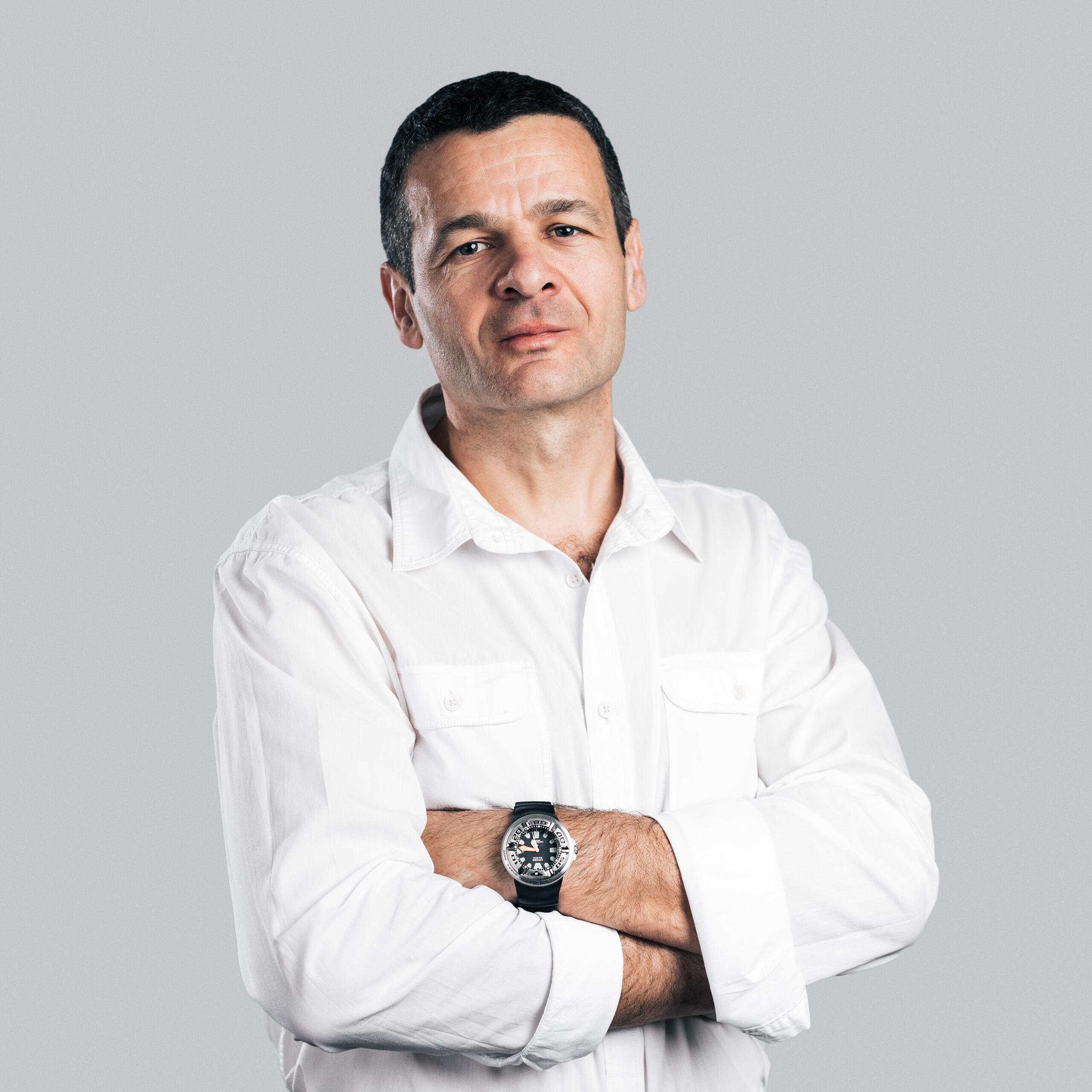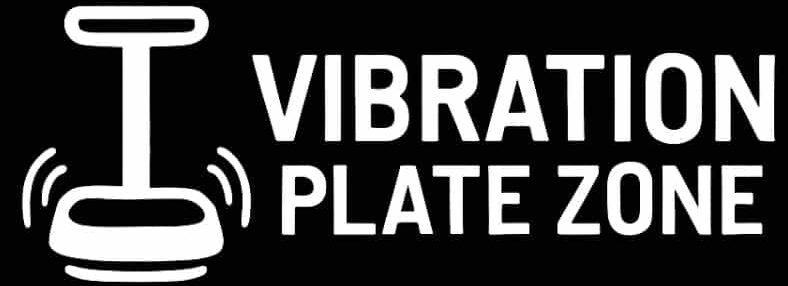Hello! I’m Vladimir Stanar, a professor of physical education, kinesiotherapist, marathon runner, cyclist, and cycling coach, and long-time advocate of health, fitness, and active living.
Over the past two decades, I’ve worked at the intersection of sports medicine, education, and athletic performance, helping people of all ages achieve balance between activity, recovery, and long-term well-being.

Health, Fitness & Recovery Expertise
My career began in education, teaching physical education, before moving into clinical practice at the “Dr. Boško Vrebalov” Sports Outpatient Clinic in Zrenjanin, where I have worked since 2001 as a graduated kinesiotherapist. Here, I specialize in sports injuries, post-trauma rehabilitation, and corrective exercise, guiding patients through every stage of recovery.
My focus has always been on functional rehabilitation — helping athletes, patients, and seniors regain mobility, strength, and confidence after injury or illness. By combining evidence-based physiotherapy with tailored movement programs, I ensure that recovery doesn’t just mean “returning to normal,” but returning stronger and healthier.
I have also worked extensively with senior populations, where the priorities shift toward maintaining independence, preventing falls, improving circulation, and preserving muscle mass. I believe that fitness should be lifelong, and my approach empowers older adults to stay active, resilient, and engaged with life well into their later years.
Sports Medicine and Athlete Support
Throughout my career, I have advised and treated athletes across multiple disciplines, including cycling, running, and team sports. From acute injuries to chronic overuse syndromes, I apply individualized rehabilitation protocols that prioritize safe return to sport while preventing re-injury.
As a coach and clinician, I bridge the gap between medicine and performance: not only treating injuries, but also educating athletes on biomechanics, recovery strategies, hydration, nutrition, and injury prevention.
My Vibration Plate Expertise
My journey with vibration plates runs parallel to my professional career in education, sports medicine, and athletic development. Over time, I’ve come to see them as one of the most versatile tools for enhancing health, recovery, and performance across all the roles I’ve held.
As a Graduated Kinesiotherapist at the “Dr. Boško Vrebalov” Sports Outpatient Clinic, I have applied vibration therapy to accelerate rehabilitation in patients recovering from injuries and surgeries. The reflexive muscle contractions induced by vibration help restore circulation, reduce swelling, and reactivate dormant muscle fibers. This has proven especially valuable for patients who cannot yet tolerate conventional strength training — offering a bridge between immobility and full functional recovery.
During my early years as a Professor of Physical Education, I recognized the challenges children face in developing coordination, balance, and motor control. Introducing vibration plates as a supplemental tool allowed me to support motor learning in a safe, controlled environment. Even short sessions improved body awareness, posture, and stability, which are essential foundations for lifelong physical activity.
In addition, my positions within the Cycling Federation of Serbia and Cycling Association of Vojvodina have kept me closely connected to the latest knowledge, helping shape training frameworks for youth athletes and contributing to the development of mountain biking and endurance cycling in Serbia.

As President and Head Coach of Cyclemania, vibration training has become a cornerstone of both performance enhancement and injury prevention.
Cyclists often struggle with muscle imbalances and overuse injuries; by integrating vibration sessions into warm-ups or recovery phases, my athletes have experienced faster regeneration, reduced soreness, and stronger stabilizing muscles - all contributing to better endurance and resilience on the bike.
My long-standing role within Cyclemania Zrenjanin has also given me deep practical experience in guiding young cyclists, developing structured training programs, and applying sports science in real-world conditions.
Within the Cycling Association of Vojvodina and as an Expert Committee Member of the Cycling Federation of Serbia, I’ve also advocated for broader adoption of vibration training in structured youth development.
For athletes aged 15 to 23, it provides a safe method to build strength without overloading joints or growth plates. This ensures they can train consistently while reducing risk of burnout or injury during critical developmental years.
At the Camp for Promising Athletes on Goč Mountain, I used vibration plates to demonstrate recovery protocols for young talents training under high physical stress. These athletes often faced packed schedules with little time for rest. Vibration therapy offered a time-efficient way to stimulate blood flow, reduce fatigue, and prepare them for the next demanding session.
In the “Cycling Danube” project, I promoted cycling as both a sport and a lifestyle in schools, emphasizing health and accessibility. Vibration plates complemented this mission by showing students and teachers alike that modern training tools can be both engaging and beneficial, even outside elite sport - encouraging movement, balance, and fitness for everyday life.
My involvement with the Zrenjaninski Maraton has further highlighted the value of vibration therapy in long-distance running. Marathoners and recreational runners alike benefit from improved circulation, faster lactic acid clearance, and reduced recovery times after long runs. For participants with limited experience or pre-existing conditions, vibration plates provide a low-impact alternative to build strength and resilience without risking injury.
From professional athletes seeking peak performance to seniors aiming to preserve mobility and independence, vibration plates offer tailored benefits. In older populations, they combat sarcopenia (muscle loss), stimulate bone density, and improve balance - all crucial for fall prevention and maintaining quality of life. Their accessibility means that even standing or sitting on the platform can deliver meaningful health benefits.
What makes vibration plates unique is their ability to span the entire spectrum of human movement: from rehabilitation to high-performance sport, from childhood development to senior care, from medical therapy to everyday wellness.
Over the years, I’ve seen how this technology transforms lives in ways that are both measurable and deeply personal - helping patients walk without pain, athletes return stronger, and seniors regain confidence in their daily lives.
For me, vibration plates are more than just a tool; they represent the philosophy I’ve carried throughout my career: that health, fitness, and recovery should be accessible, science-driven, and adaptable to every individual. They are a perfect symbol of how modern sports medicine can bridge performance, prevention, and lifelong well-being.
My expertise in vibration plates comes from years of combining clinical knowledge with practical application, both in rehabilitation settings and athletic training environments. I was first introduced to vibration technology as a kinesiotherapist seeking safe, effective tools for recovery, and since then I’ve integrated it into countless individualized programs with excellent results.
Vibration plates work by generating controlled mechanical oscillations that cause rapid, reflexive contractions in muscle fibers. This neuromuscular activation is unique because it bypasses voluntary movement — the body reacts instinctively, engaging deep stabilizing muscles that are often difficult to activate through traditional exercise. This makes it an invaluable method for rehabilitation, especially in patients with limited mobility or post-injury constraints.

From a medical standpoint, vibration therapy helps improve circulation, enhances oxygen delivery to tissues, and promotes lymphatic drainage. These effects are particularly useful in the early stages of recovery, where improving blood flow can accelerate tissue healing and reduce swelling. I have used vibration plates effectively with patients recovering from knee surgeries, ligament injuries, and muscle strains, where they allow for gentle yet effective stimulation before progressing to higher-impact therapies.
For athletes, vibration training has proven to be a powerful complement to their existing routines.
By activating both fast-twitch and slow-twitch muscle fibers under minimal external load, vibration therapy supports power development, flexibility, and recovery.
Athletes I’ve worked with often notice reduced muscle soreness and quicker recovery times after incorporating vibration sessions, as the technology assists with flushing out lactic acid and reducing post-exercise inflammation.

Vibration plates are also particularly valuable in strengthening bone density. The micro-mechanical stress created by the oscillations stimulates bone remodeling processes, which has strong implications for both athletes seeking durability and seniors aiming to prevent osteoporosis.
In my work with older adults, I’ve seen how regular, carefully monitored vibration training can reduce the risk of falls by improving balance, joint stability, and proprioception.
One of the most overlooked benefits is the role vibration plates play in neurological rehabilitation. Because of the reflex-based muscle activation, vibration therapy is often used to re-train neuromuscular pathways in patients with movement impairments. In my practice, I’ve observed improved coordination and stability in patients recovering from neurological challenges, where conventional training was too demanding or unsafe at the beginning stages.
Another key advantage is accessibility. Vibration therapy requires little technical skill from the patient — even standing or sitting on the platform yields benefits. This makes it ideal for populations who may be intimidated by gyms or unable to perform structured exercise routines. Seniors, sedentary individuals, or those managing chronic conditions can experience measurable improvements without needing high-impact activity.
From a practical standpoint, vibration plates are also time-efficient. A single session of 10–15 minutes can provide neuromuscular stimulation equivalent to longer conventional training sessions. For busy professionals or athletes with tight schedules, this efficiency makes it an excellent adjunct therapy or warm-up/cool-down method.
In addition to rehabilitation and performance, I also emphasize the preventive health potential of vibration training. Regular use supports cardiovascular health by improving circulation, contributes to metabolic balance, and reduces stress through hormonal responses triggered by whole-body vibration. I view it as a tool not only for recovery, but for long-term health maintenance.
My philosophy with vibration plates, as with all aspects of sports medicine, is that technology must serve the individual. Each person I work with — whether a senior aiming to maintain independence, an athlete targeting peak performance, or a patient recovering from injury — receives a tailored protocol designed around their specific needs and capacities. The versatility of vibration plates makes them one of the rare tools that can truly bridge rehabilitation, performance, and preventive care in a single modality.
My Philosophy
Whether working with elite cyclists, first-time marathoners, or seniors looking to stay active, my guiding principle is the same: movement is medicine. Every individual deserves a tailored, science-based approach that respects their goals, limitations, and potential.
With more than two decades of experience across teaching, sports medicine, and athletic coaching, I’ve seen firsthand how the right blend of rehabilitation, prevention, and performance training can transform not only bodies, but also lives.

Professional Background
For more than two decades, I’ve balanced a career in education, sports medicine, and athletic development:
- Graduated Kinesiotherapist at the “Dr. Boško Vrebalov” Sports Outpatient Clinic, Zrenjanin (2001 – present)
- Professor of Physical Education at Elementary School “Žarko Zrenjanin” (1998–1999) and Elementary School “October 2” (1999–2000)
- President of Cycling Club Cyclemania, Zrenjanin (2009 – present)
- Co-founder and Manager of Zrenjanin Marathon, Zrenjanin (2009 – present)
- Head Coach of Cyclemania (2006 – present)
- Member of Coaching Commission, Cycling Association of Vojvodina (2013 – present)
- Expert Committee Member, Cycling Federation of Serbia — Mountain Biking, ages 15–23 (since 2016)
- Trainer, Camp for Promising Athletes, Goč Mountain (2013, organized by Cycling Federation of Serbia)
- Educator, “Cycling Danube” project (2012), promoting international cycling routes and teaching in primary schools across Bačka Palanka
Why It Matters
For me, sport is never just about records or medals. It’s about:
- Inclusion — everyone deserves the chance to participate.
- Community — running and cycling bring people together.
- Health & Growth — every step, every ride builds strength, resilience, and joy.
- Purpose — using sport to support causes bigger than ourselves.
This mix of teaching, coaching, and medical practice has given me a holistic perspective: understanding how athletes grow, how communities thrive, and how sport and fitness can improve both body and spirit.
